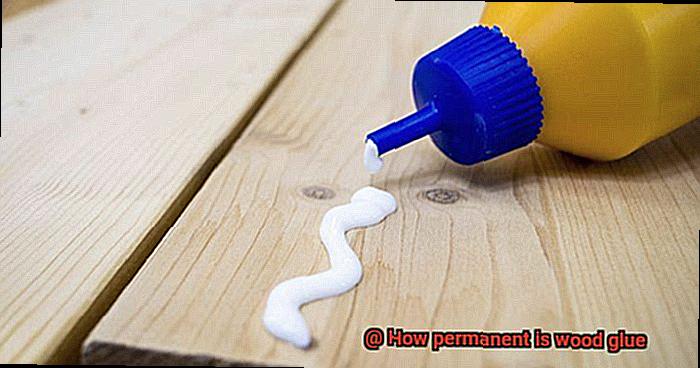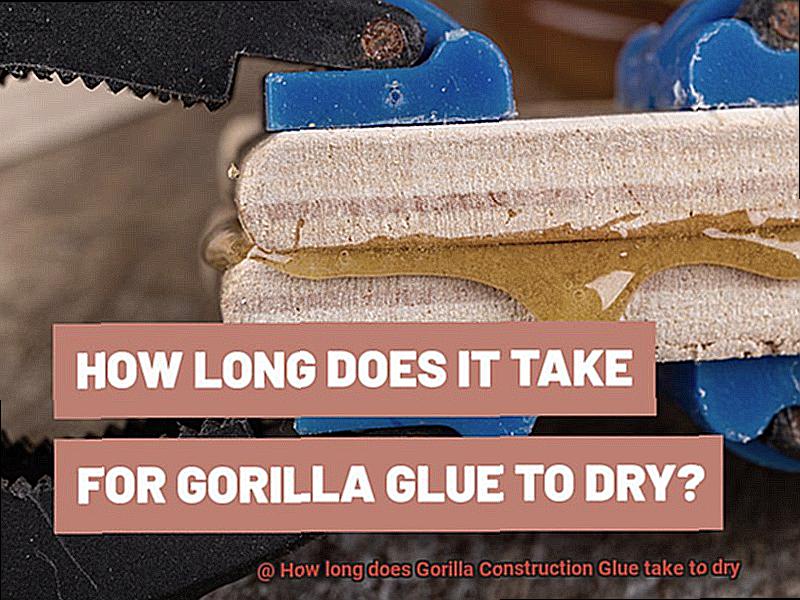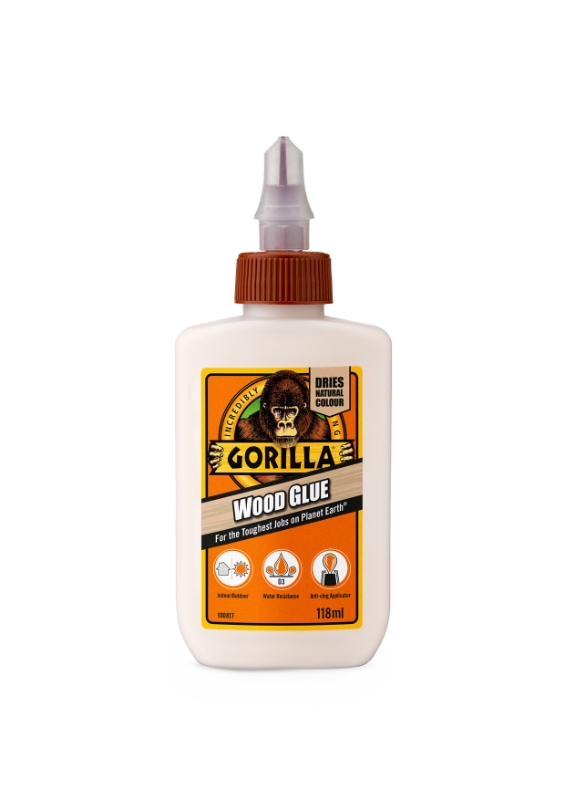

(Learn How To Remove Gorilla Glue From Leather)Įpoxy glue comes in two parts most often and wouldn’t need thinning. However, as you’ll see later, adding acetone might have positive or negative consequences. Mineral spirits, paint thinner, or even alcohol can be used to thin polyurethane glue and can also be used to clean up afterward. Submerging the bottle of glue in warm water to thin it out is recommended in Titebond’s official documentation.Īlthough Gorilla Glue makes no explicit recommendations, the warm water method is worth a shot. The glue will be ruined by water, and you’ll end up with a sticky mess on your hands. In any case, you shouldn’t add water to a polyurethane glue because it isn’t water-soluble. However, if you’re using any of the original Gorilla Glues, you’re working with polyurethane glue. To be clear, the Gorilla Glue company also sells “Wood Glue” or “Ultimate Wood Glue,” which is a regular PVA wood glue. Gorilla Glue is the original polyurethane glue and is best to fasten one side of your wood to another and fill gaps in the process. If you’re working with something labeled “Polyurethane Glue, “you have a polyurethane glue.” Stir as you go so the water combines with your glue.Slowly add water until you reach this number, or your glue is the desired consistency below this number.Multiply your glue weight by 1.05, and this gives you the weight of the glue you can’t go above when adding water.

Add the amount of Gorilla Glue you wish to use and take the weight.Place a container on the kitchen scale and zero the scale.Now, you could add water slowly, stop when your glue meets the desired consistency, and bet you won’t hit that 5% mark.īut if you’re worried about going over the 5% mark, here’s the process. PVA glues are water-soluble and can therefore be thinned with water, up to 5% weight. So if your wood glue is just vaguely titled “Wood Glue,” you’re almost certainly working with PVA glue. No woodworker will want to compromise their glue joint strength thus, clamping pressure and the bond must be tough, especially if using nails rather than screws.īy far, the most common type of wood glue is PVA glue. Can Original Gorilla Glue Be Thinned Out? However, when you do it, do it in an outdoor environment and wear gloves as there are mixed results from one method. In our guide, you can learn how to thin Gorilla Wood glue using various methods.īy the end, you’ll see thinning Gorilla Glue isn’t too challenging, and doesn’t need to be too messy if you do it right. Yet, there can be a little more to that, as stored glue can work in funny ways. Luckily, thickened wood glue can be saved, and most often, wood glues can be thinned by adding water up to 5% of the weight of the glue. (Learn What Glue Can You Use On Your Face)

However, this time, it either doesn’t work properly from the bottle, or it’s thickened to a stringy mess and hard to use. Then comes the day you grab the wood glue from the shelf.

Sadly, Gorrila glue, like others, starts to dry even if you follow the correct storage tips. When you have a new bottle, all you need is a drop when gluing, yet once you pop the cap, you may notice the bonding stays the same, yet your glue gets thicker. One small amount can cure and deliver great success in its bond once you clamp the stuff and squeeze out any excess. Gorilla Glue is among the best you can use to penetrate and fill every glued gap you have in your wood when you want to secure one piece to another. It’s here you often reach for your trusted wood glue. When woodworking, you’ll need the tightest bond between two pieces of wood.


 0 kommentar(er)
0 kommentar(er)
